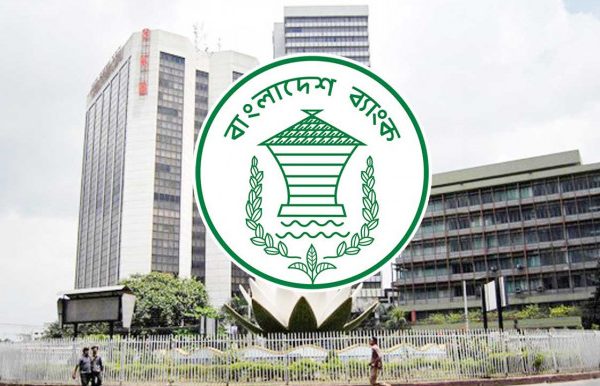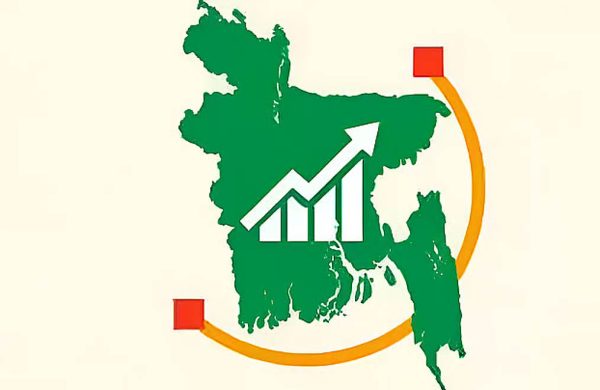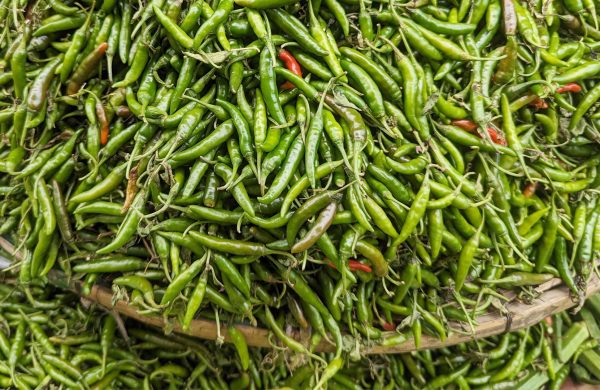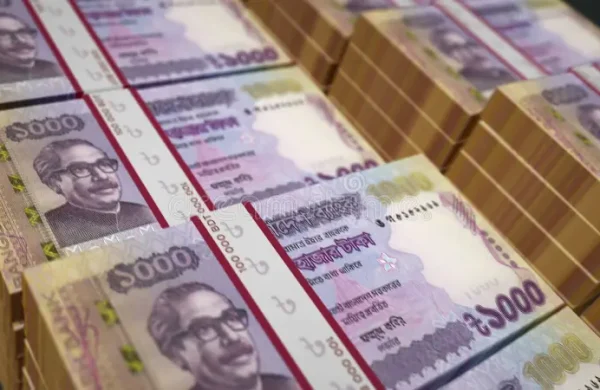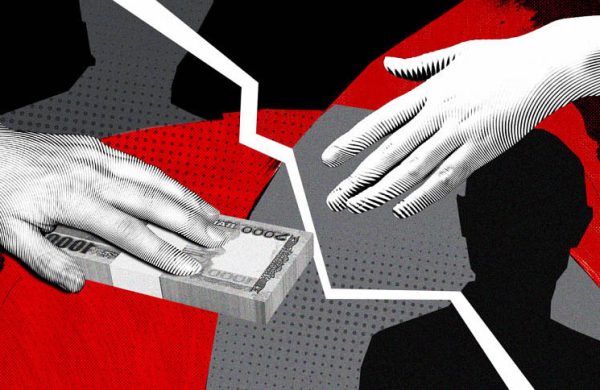Rice prices still a major concern: Planning Commission
- Update Time : Sunday, July 27, 2025
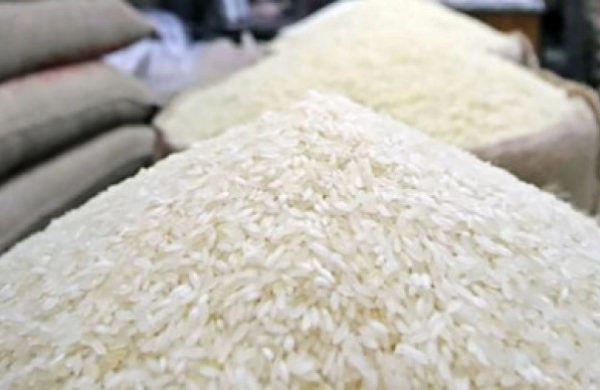
Staff Correspondent:
Bangladesh has seen a steady decline in both headline and food inflation since December 2024, bringing the overall inflation rate closer to the government’s target of 7–8% set in the Monetary Policy Statement for January–June 2025.
Headline inflation represents the total inflation rate, encompassing all components of the Consumer Price Index (CPI), including food and energy.
The latest figures show headline inflation dropped to 8.48% in June 2025, falling below 9% for the first time since February 2023.
According to the Economic Update: July 2025 released on Sunday by the General Economics Division (GED) of the Planning Commission, food inflation also fell to 7.39%, the lowest since January 2023. This disinflationary trend has been supported by a favourable supply environment, stable global commodity prices, prudent demand management, and a balanced exchange rate market.
The Bangladesh Bank has maintained a policy repo rate of 10% over the past six months, reinforcing its tight monetary stance. As a result, private sector credit growth remained modest—7.15% in May and 7.17% in June 2025.
On the global front, the FAO Cereal Price Index dropped to 107.4 points in June, its lowest since September 2020, during the Covid-19 pandemic.
PERSISTENT RISE IN RICE PRICES RAISES ALARMS
Despite the overall decline in food inflation, rice prices remain stubbornly high, raising concern among both consumers and policymakers. According to the GED report, rice contributed 50% to food inflation in June, up from 40% in May.
Medium rice was the largest contributor, accounting for 25%, followed by coarse rice at 17.82%. Alarmingly, all three varieties—medium, fine, and coarse—registered a 15% year-on-year increase in June’s Consumer Price Index (CPI), continuing a 12-month trend of price hikes.
This price rigidity comes despite a robust Boro harvest, which traditionally helps stabilize rice prices in the domestic market. However, prices have shown no sign of correction. According to a USDA report from December 2024, the average price of coarse rice reached a decade-high in November 2024, indicating deeper structural price pressures in the rice market.
Several factors are contributing to the persistent surge in rice prices. First, the rising cost of inputs—including fertilizer, seeds, irrigation, and labor—has significantly increased production expenses for farmers, putting upward pressure on retail prices.
Second, post-harvest losses remain a major concern. The report estimates that up to 26% of harvested rice is lost due to inadequate storage facilities, inefficient processing systems, and poor handling practices.
Third, transportation costs have increased sharply, particularly affecting the movement of goods in remote or rural areas. These rising logistical expenses are being passed on to consumers, further inflating prices.
Fourth, the rice market is facing continued uncertainty and price volatility, which have made pricing unpredictable. Traders and suppliers often adopt speculative pricing strategies in such unstable conditions.
Finally, there is a growing tendency to hoard rice, driven by expectations of further price increases. This behaviour artificially tightens supply in the market, exacerbating the inflationary pressure on consumers.
The report stresses the need for a comprehensive investigation to determine whether the current situation stems from genuine supply shortages or from inefficiencies and possible manipulation within the rice supply chain.
MIXED TRENDS IN NON-FOOD INFLATION
While overall food prices have cooled, non-food inflation remains elevated in several key categories. In June 2025, double-digit year-on-year inflation was observed across multiple non-food sectors, indicating continued cost pressures outside the food basket.
The Alcoholic Beverages, Tobacco and Narcotics category saw the highest inflation at 17.55%, followed by Clothing and Footwear at 15.40%. Miscellaneous Goods and Services recorded an inflation rate of 15.25%, while the Restaurants and Hotels sector experienced a rise of 11.09%. These figures reflect that consumers continue to face significant price hikes in non-essential and service-related items.
Despite these pressures, the overall trend in non-food inflation has shown a slight decline since April 2025, suggesting some degree of stabilisation in broader price dynamics.
Meanwhile, the contribution of food to overall inflation fell to 39% in June, down from 42.6% in May. In contrast, both the miscellaneous and housing categories each increased their shares by one percentage point, indicating a gradual shift in the composition of inflationary pressure within the consumer price index.
While headline inflation is moving in the right direction, the persistent rise in rice prices highlights deep-rooted structural issues in the food market. The GED report urges immediate policy attention to prevent further strain on household budgets and maintain macroeconomic stability.


